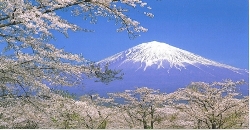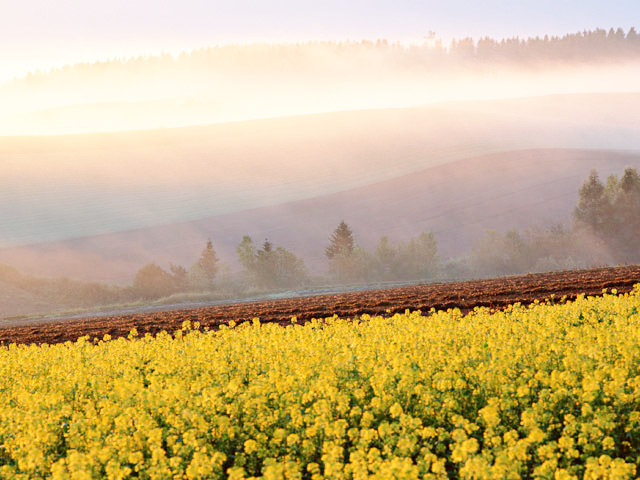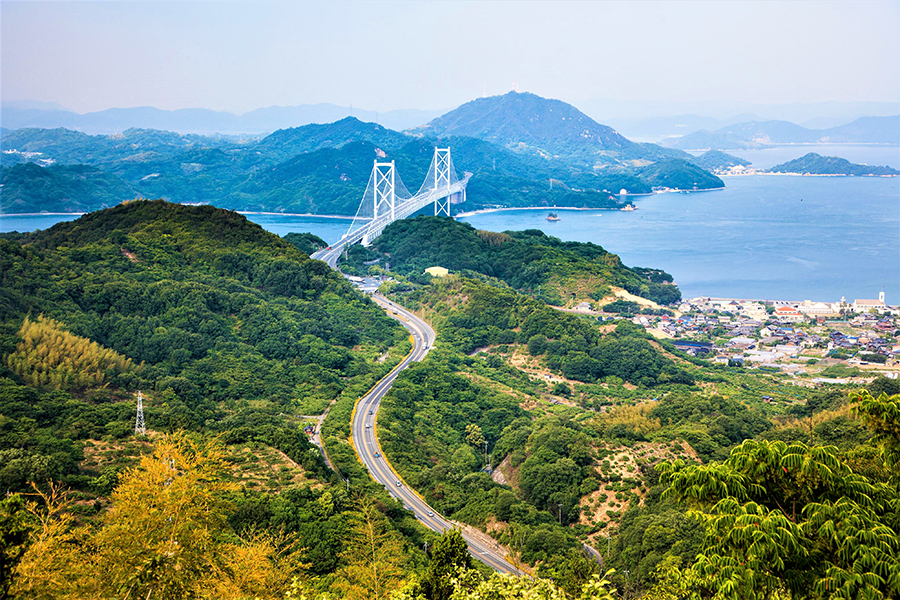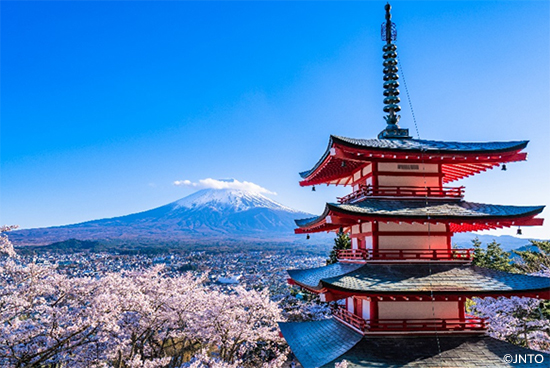As a travel professional and Japanese travel specialist I was very lucky to be part of familiarization trip to Japan and Taiwan this September. It was my first time visiting Asia and I came back home full of incredible experiences.

|
| Fam Trip Participants at Kinkakuji Golden Pavilion |
While visiting Japan, we spend 3 nights in Kyoto- ancient capitol of Japan. After experiencing the city and everything it has to offer, it came as no surprise that Kyoto
was voted as the Best Asian City of 2011 by the readers of Conde Nast Traveler.
Even though Kyoto does not have its own airport, travelers can get to the city via Kansai International Airport. China Airlines operates nonstop flights from New York JFK airport 3 times per week. The airport is connected to Kyoto via rail. Haruka Express operates every half an hour during the day and journey to Kyoto train station takes about 75 minutes. While traveling in Japan can seem intimidating to non Japanese speakers, the trains and buses feature announcement in English and electronic signs with stops written in the Latin alphabet.
With 1600 Buddhist Temples, 400 Shinto shrines and 17 UNESCO world heritage sites, scattered throughout the city you can spend weeks discovering your favorite.

We visited incredible Kiyomizu Temple which takes the name from the waterfall within the complex (Kiyomizu means pure water). Kiyomizu-dera was one of the 21 finalists for New Seven Wonders Of The World. If you want to have your wishes for health or longevity granted, seek no further. Beneath the main hall of the temple is the waterfall with 3 channels of water. When we were visiting, there were hundreds of Japanese school kids waiting in line to get a drink of water from the waterfall seeking health and success in studies.

|
| Kiyomizu Temple |
Kinkaku-ji-also known as Golden Pavilion is a Zen Buddhist Temple, one of the most popular buildings in Japan. The Pavilion is set within gorgeous Japanese garden and it extends over "mirror pond", that reflects the building itself.

|
| Kinkakuji Golden Pavilion |
One of the most amazing experiences for me was Zen meditation in Shunkoin Temple.
The temple offers daily Zen meditation classes in English as well as Temple tours and
Buddhist wedding ceremonies.

|
| Shunkoin Temple, Myoshinji Complex |
During the Zen meditation class, while sitting and focusing on breathing, your goal is to free yourself from previous knowledge and preconceptions and learn how to live in the present moment. The monk who was leading our meditation was Kyoto native who spend eight years in USA obtaining his degree in religious studies and psychology.

|
|

|
| Rev. Kawakami, Shunko-in Temple |
|
Rev. Kawakami's lecture on Zen Meditation |
Every visitor to Kyoto hopes to catch a glimpse of geiko and maiko strolling the streets of Gion dictrict dressed in intricate traditional Japanese kimonos. Geiko- geisha and maiko-apprentice geisha are female entertainers that specialize in traditional Japanese arts like tea ceremony, singing and dancing. We were extremely lucky to have an opportunity to attend tea ceremony with geiko and maiko in traditional tea house-also known as ochaya.
While in the past it was almost impossible for any tourist to be allowed to attend geiko entertainment due to huge expense and exclusive nature, it can now be arranged through the hotel or the travel agency.

|
|

|
| Meeting Geiko & Maiko at TOMIKIKU |
|

|

|
| Greetings "SAYONARA" |
For the tourist on the budget, who still wants to experience maiko culture, the easiest way to do it is to attend one of the daily performances in Gion Corner, where we saw not only maiko dancing but also Kyogen theater, tea ceremony, flower arrangement ceremony and traditional Japanese puppet show.
While staying in Japan, you can choose from variety of western style hotels with all the comforts of the "home", but I think everybody who visits this country should spend at least one night in traditional Japanese inn- known as ryokan. Ryokan is constructed using traditional Japanese methods—flooring is tatami, doors are sliding doors, bath are usually communal- separate for males and females, sleeping is on the futons on the floor. They are usually situated in very scenic locations.
The Yachiyo Ryokan we visited in Kyoto had beautiful Japanese garden with pond and some of the rooms featured private bath with full glass walls overlooking the gardens. While ryokan are usually more expensive as western style hotels, they also offer total escape from traditional western culture. Just like in traditional tea house or temple, you need to remove your shoes when entering the ryokan. Slippers are provided for all the guests or you can walk barefoot in your socks.
If you like to try new foods, Japan is the country for you. The appearance of the food is as important as the taste, so take a moment to appreciate delicately shaped and decorated morsels before you start to eat. Sushi, tofu and ramen noodles are easy to recognize for any Westerner and while the food in Japan is truly very different you will acquire the taste for it. Do not be afraid to experiment!

|
| Kamo River & Riverside Restaurants with summer |
Japan is incredibly safe, clean and organized country; I have not seen any litter even at the very busy Kyoto main train station. Japanese culture is much more formal then in USA and everybody should try to learn at least a few customs. People generally do not shake hands; it is much more polite to bow when meeting people. We even observed them bowing to the person they talk to on the phone!
Couple of things to remember—you will be removing your shoes a lot while in Japan, so you should choose your shoes carefully and don't forget to wear a socks without holes!
When using taxi it is very helpful to ask the hotel to give you their Japanese business card so you can show it to the taxi driver when getting back to the hotel.

|
| Tiny Temple in the Teramach
i shopping street |
Even though restaurants mostly provide only chopsticks, you can ask and most of them will bring you western utensils. Smaller restaurants do not have menus in English, but many times have one that shows pictures of the food.
Bring the umbrella in the summer to shelter you from sun. Most of the Japanese women use one in their effort to maintain pale complexion.
Do not expect wifi in the hotels, even though all offer internet, none of the ones we stayed in and inspected had wifi. Stroll through city food market—you would not believe how many pickled things you can taste!
For the first time travelers to Japan, I would definitely recommend using organized tour, or at least use local guide to arrange some of the sightseeing.

|
| Maiko, strolling around Gion |
Even though restaurants mostly provide only chopsticks, you can ask and most of them will bring you western utensils. Smaller restaurants do not have menus in English, but many times have one that shows pictures of the food.
Dasa Jacisinova
Village Travel Agency
11 Kent St.
Brookline MA 02445
www.villagetravel.net

































































